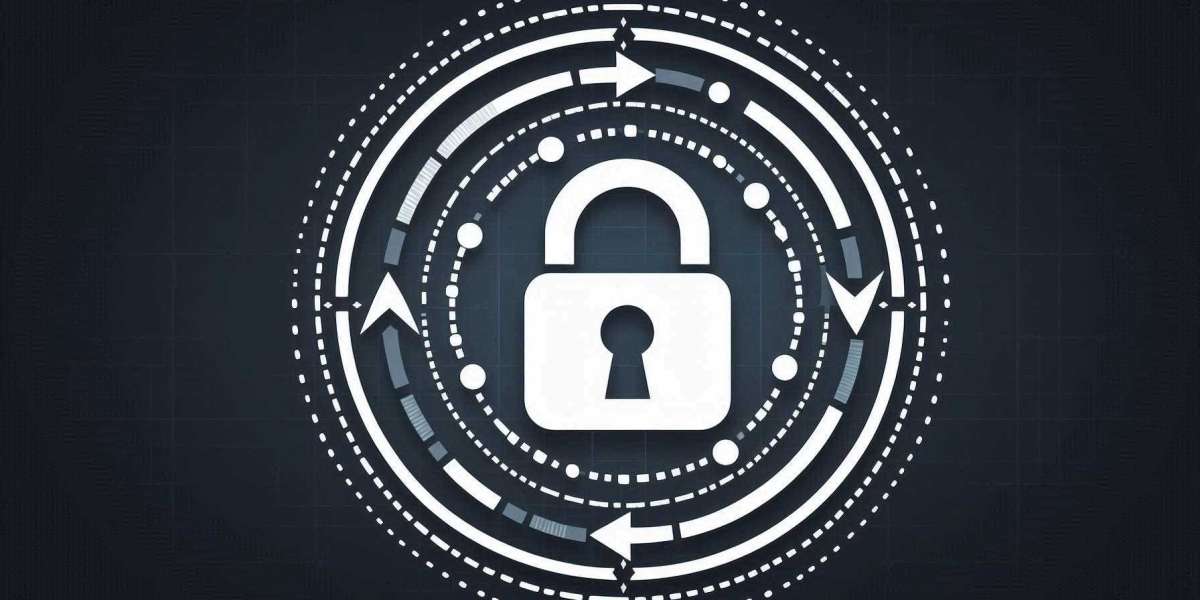In the realm of cybersecurity, the Zero Trust Security Model has emerged as a revolutionary framework. With cyber threats becoming more sophisticated and frequent, traditional security models that rely on perimeter defenses are no longer sufficient. The Zero Trust Security Model, guided by the principles of "never trust, always verify," ensures a robust security posture by continuously verifying every access request, regardless of its origin.
Principles of the Zero Trust Model
The Zero Trust Security Model operates on several key principles that collectively enhance an organization’s cybersecurity defenses:
- Continuous Verification: Unlike traditional security models that grant implicit trust once access is granted, Zero Trust requires continuous verification of users, devices, and applications. This ongoing process ensures that every access attempt is authenticated and authorized based on real-time data.
- Principle of Least Privilege: One of the cornerstone principles of the Zero Trust Model is the principle of least privilege. Users and devices are granted only the minimum level of access necessary to perform their tasks. By limiting access rights, organizations can significantly reduce the potential impact of a security breach.
- Micro-Segmentation: Zero Trust advocates for dividing the network into smaller, isolated segments. This micro-segmentation strategy prevents lateral movement by attackers within the network, containing potential breaches to specific segments and protecting critical assets.
- Assumption of Breach: Zero Trust operates under the assumption that breaches are inevitable. By presuming that the network is always at risk, organizations can adopt a proactive security stance, implementing rigorous monitoring and rapid incident response protocols.
- Contextual Access Control: Access decisions are based on a comprehensive set of contextual factors, including user identity, device health, location, and behavior patterns. This multi-faceted approach ensures that only legitimate access requests are approved.
Importance of Zero Trust Security Model
The importance of the Zero Trust Security Model in modern cybersecurity cannot be overstated. Here are several reasons why organizations should prioritize its implementation:
Enhanced Security Posture
By eliminating implicit trust and continuously verifying every access request, the Zero Trust Security Model significantly enhances an organization’s security posture. This proactive approach minimizes the risk of unauthorized access and data breaches, ensuring that only legitimate users and devices can interact with the network.
Reduced Attack Surface
The principle of least privilege, combined with micro-segmentation, drastically reduces the attack surface. Limiting access rights and isolating network segments prevent attackers from moving laterally within the network, containing the potential damage of a breach and protecting sensitive data.
Regulatory Compliance
With stringent data protection regulations such as GDPR, HIPAA, and CCPA, organizations must implement robust security measures to safeguard sensitive information. The Zero Trust Security Model helps organizations meet these compliance requirements by enforcing strict access controls and maintaining detailed audit logs.
Improved Visibility and Control
Zero Trust provides real-time visibility into network activity, allowing security teams to monitor access patterns, detect anomalies, and respond to threats swiftly. This enhanced visibility and control enable organizations to identify and mitigate potential security incidents before they escalate.
Adaptability to Modern Work Environments
The rise of remote work, cloud computing, and mobile devices has blurred traditional network boundaries. The Zero Trust Security Model is well-suited to these modern work environments, providing a flexible and scalable security framework that adapts to changing organizational needs.
Real-World Applications of Zero Trust
Securing Remote Workforce
The Zero Trust Security Model is particularly effective in securing remote work environments. By continuously verifying user identities, device health, and contextual factors, organizations can ensure secure access to sensitive resources for remote employees.
Protecting Multi-Cloud Environments
As organizations adopt multi-cloud strategies, maintaining consistent security across different cloud platforms becomes a challenge. Zero Trust ensures that access policies are enforced uniformly across all cloud environments, enhancing overall security.
Managing Third-Party Access
Organizations often need to grant access to third-party vendors and partners, introducing additional security risks. The Zero Trust Security Model ensures that only authorized users and devices from third parties can access specific resources, reducing the risk of data breaches.
Conclusion
The Zero Trust Security Model represents a paradigm shift in cybersecurity. By adhering to the principles of continuous verification, least privilege access, micro-segmentation, and an assumption of breach, Zero Trust provides a comprehensive framework for protecting sensitive data and networks. As cyber threats continue to evolve, the importance of the Zero Trust Security Model in modern cybersecurity becomes increasingly evident. Organizations that embrace Zero Trust can enhance their security posture, reduce the attack surface, ensure regulatory compliance, and adapt to the dynamic nature of today’s digital landscape.








